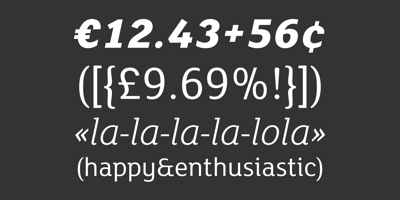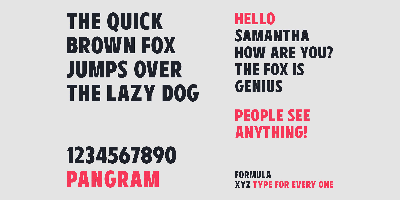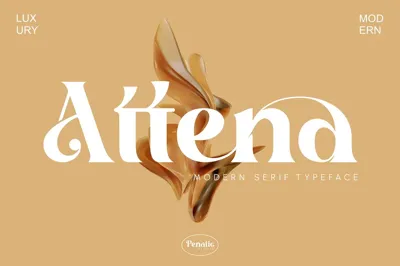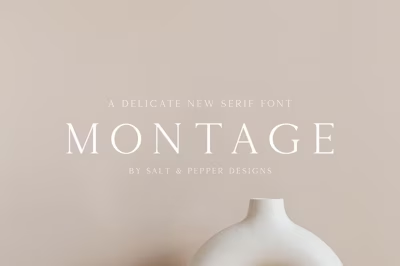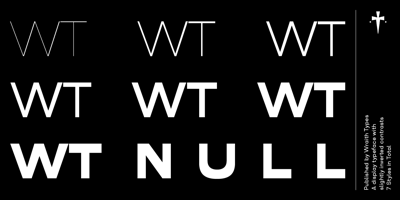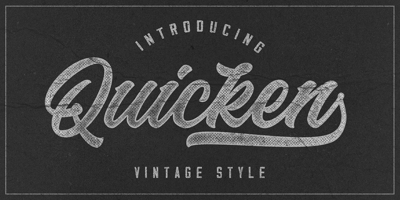Unique Free Fonts for Branding
Unique Free Fonts for Branding: Standing Out Without Breaking the Bank
In today's saturated marketplace, establishing a distinctive brand identity is more challenging than ever. While many businesses invest thousands of dollars in custom typography, savvy entrepreneurs and designers are discovering that unique free fonts can deliver equally powerful branding results. The key lies in knowing where to find these hidden gems and how to implement them strategically to create memorable brand experiences that resonate with target audiences.
The Power of Typography in Brand Identity
Typography serves as the silent ambassador of your brand, communicating personality, values, and positioning before customers even read your content. A well-chosen font can instantly convey whether your brand is trustworthy or edgy, premium or accessible, traditional or innovative. This makes font selection one of the most critical decisions in the branding process.
Unique fonts offer brands the opportunity to differentiate themselves from competitors who rely on overused typefaces like Arial, Times New Roman, or even popular free fonts that have become ubiquitous. When your brand uses a distinctive typeface, it creates instant recognition and helps build visual equity that can be leveraged across all touchpoints.
The challenge for budget-conscious brands is finding fonts that are both unique and free while maintaining the professional quality necessary for commercial applications. Fortunately, the design community has produced numerous exceptional free fonts that can serve as the foundation for strong brand identities.
Discovering Hidden Gems in the Free Font Universe
Boutique Design Studios often release limited free fonts as promotional tools to showcase their capabilities. These fonts typically feature high production values and unique characteristics that set them apart from mass-market offerings. Following studios like Lost Type Co-op, The League of Moveable Type, and Fontfabric on social media can alert you to new releases.
Independent Type Designers frequently share passion projects and experimental fonts through personal websites and design portfolios. These fonts often push creative boundaries and offer truly unique aesthetics that haven't been widely adopted. Platforms like Gumroad and Creative Market occasionally feature free font releases from emerging designers.
Open Source Typography Projects like Google Fonts Early Access and Adobe Edge Web Fonts (now discontinued but fonts still available) provide access to cutting-edge typefaces before they become mainstream. These experimental fonts often become popular choices, so early adoption can give your brand a head start.
Typography Challenges and Competitions spawn unique fonts as designers push creative limits. Events like 36 Days of Type often result in free font releases that showcase innovative approaches to letterform design.
Categories of Unique Free Fonts for Different Brand Personalities
Geometric Sans-Serifs with Character move beyond basic geometric principles to incorporate subtle personality traits. Fonts like Quicksand, Comfortaa, and Varela Round offer the clean modernism of geometric fonts while maintaining approachable, human characteristics perfect for tech startups and creative agencies.
Contemporary Serif Fonts bridge traditional and modern sensibilities. Typefaces like Crimson Pro, Source Serif Pro, and Libre Caslon Text provide the authority and elegance of serif fonts while incorporating contemporary refinements that appeal to modern audiences.
Hand-Lettered and Brush Fonts add authentic personality to brands seeking to connect emotionally with customers. Fonts like Amatic SC, Kalam, and Permanent Marker can humanize corporate communications and add warmth to digital interactions.
Condensed and Extended Fonts create dramatic visual impact through proportional manipulation. Ultra-condensed fonts like Fjalla One or extended fonts like Alfa Slab One can make powerful statements in headlines while conserving or commanding space.
Display Fonts with Cultural Influences incorporate elements from specific design movements or cultural aesthetics. Art Deco-inspired fonts, retro gaming aesthetics, or minimalist Scandinavian influences can immediately position brands within specific contexts or time periods.
Strategic Implementation for Maximum Brand Impact
Establish Font Hierarchies that support clear communication while reinforcing brand personality. Use your unique primary font for headlines and brand elements, then pair it with more neutral secondary fonts for body text and supporting information. This approach ensures readability while maximizing the impact of your distinctive typography.
Create Font Guidelines that specify exactly how and where your unique font should be used. Include minimum sizes, spacing requirements, and acceptable color combinations. Clear guidelines ensure consistent implementation across all brand touchpoints and prevent dilution of your typographic identity.
Consider Cross-Platform Compatibility early in the selection process. Ensure your chosen font renders properly across different operating systems, browsers, and devices. Test web font implementations thoroughly and always include fallback fonts that maintain similar visual characteristics.
Plan for Font Pairing from the beginning of your brand development process. Your unique primary font needs compatible secondary fonts for various applications. Look for fonts from the same designer or foundry, or choose fonts that share similar proportions and characteristics.
Avoiding Common Pitfalls with Free Font Branding
Over-Reliance on Novelty can backfire if uniqueness comes at the expense of functionality. Ensure your chosen font remains readable at various sizes and doesn't become tiresome with repeated exposure. What seems charming initially might become annoying if used extensively.
Ignoring Target Audience Preferences can lead to disconnect between brand personality and customer expectations. A whimsical hand-lettered font might appeal to creative professionals but could undermine credibility with conservative corporate clients.
Neglecting Licensing Requirements can create legal complications down the road. Even free fonts may have specific usage requirements or attribution needs. Always download fonts from official sources and maintain records of licensing terms.
Insufficient Testing Across Applications can reveal problems after brand launch. Test your font choice across business cards, websites, signage, and any other applications your brand will use. Some fonts that look great on screen may not reproduce well in print or at small sizes.
Building Brand Recognition Through Consistent Typography
Develop a Typography System that extends beyond just font selection to include spacing, sizing, and layout principles. Consistent application of these principles across all brand materials creates a cohesive visual language that reinforces brand recognition.
Create Template Systems that make it easy for team members and external partners to maintain typographic consistency. Provide pre-designed templates for common applications like social media posts, presentations, and marketing materials.
Monitor Font Usage across all brand touchpoints to ensure consistency and identify opportunities for improvement. Regular audits can reveal inconsistencies and help refine your typographic approach over time.
Document Evolution as your brand grows and typography needs change. Keep records of font choices and the reasoning behind them. This documentation helps maintain consistency during team changes and provides valuable insights for future branding decisions.
Future-Proofing Your Font Strategy
Stay Connected with the typography community to discover new releases and trends that might enhance your brand identity. Follow type designers, foundries, and design blogs to stay informed about emerging options.
Plan for Scalability by choosing fonts that can grow with your brand. Consider whether your chosen font family includes enough weights and styles to support expanded brand applications as your business grows.
Maintain Flexibility while preserving core brand elements. Build enough flexibility into your typography system to accommodate new applications and mediums without losing brand recognition.
Conclusion
Unique free fonts offer brands an accessible path to distinctive visual identity without the significant investment required for custom typography. Success lies in thoughtful selection, strategic implementation, and consistent application across all brand touchpoints. By understanding where to find exceptional free fonts and how to implement them effectively, brands can create memorable typographic identities that stand out in crowded marketplaces while building lasting connections with their audiences.
The future belongs to brands that can balance uniqueness with functionality, creativity with strategy, and visual impact with practical implementation. Free fonts provide the tools – success depends on the wisdom to use them well.
